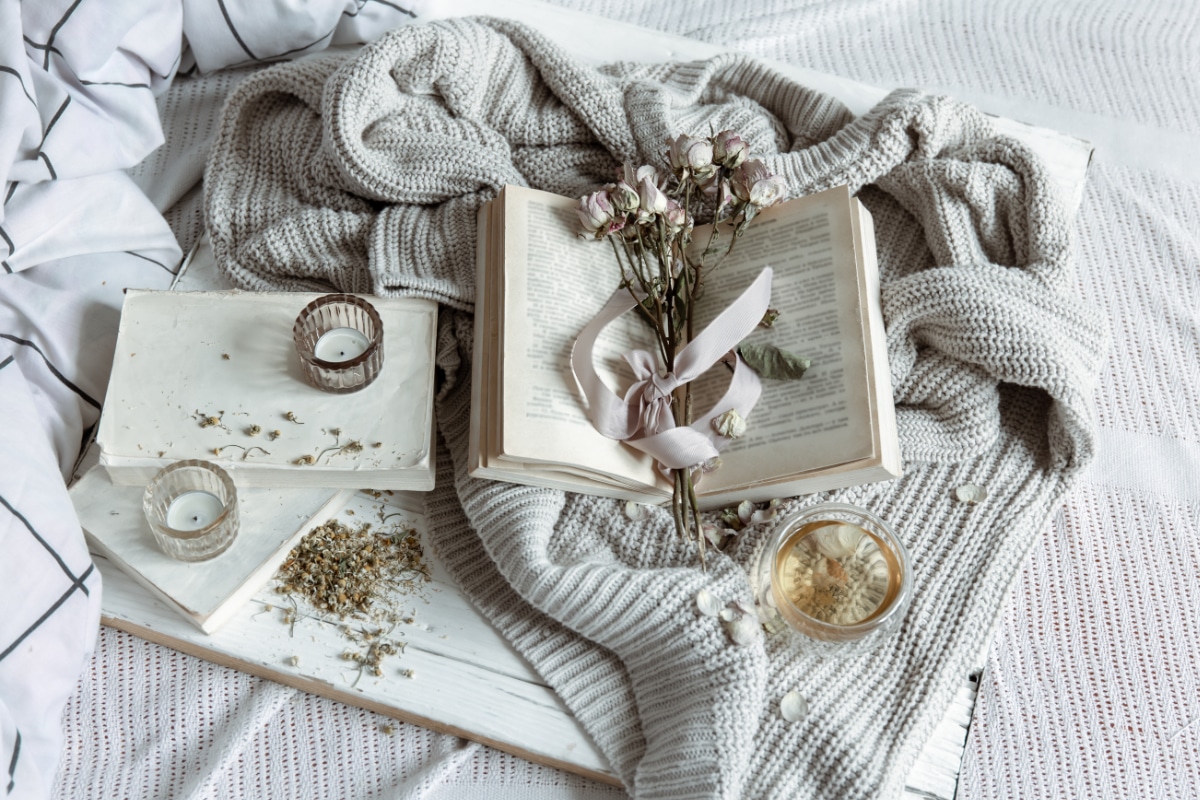Knitting Skill Level
Patterns will generally state a knitting skill level. Most books will use 3-4 levels to help their readers determine which projects they can complete easily. While the techniques may vary from pattern to pattern or book to book, read my post about How to Determine Your Knitting Skill Level, as a basic guide.
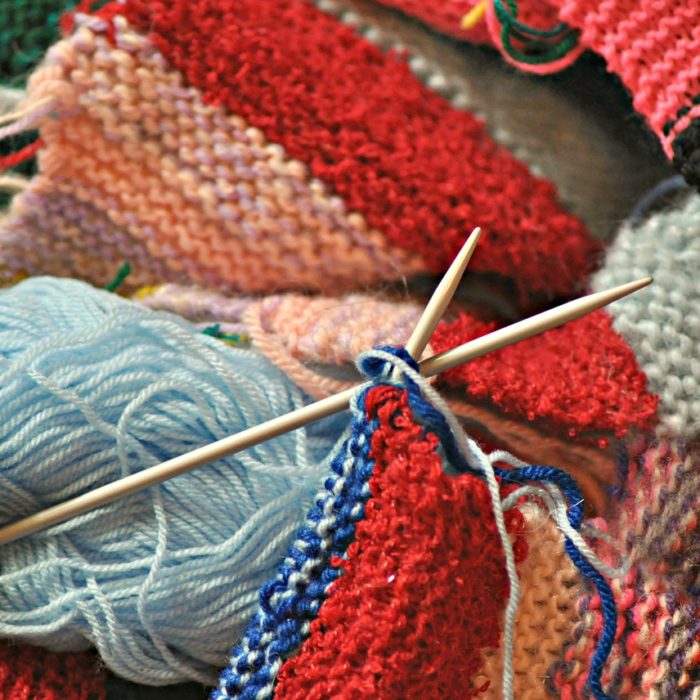
Knitting Needles
Knitting needles are the one of the most important tools of a knitter’s craft. The pattern will tell you what size of needle you should use as well as make a recommendation for the kind (straight, dpn, round).
Can I use a Different Knitting Needle Size?
This will be the first time (of several) where I’ll answer in this way: make sure that your gauge is correct. If your gauge isn’t correct, your finished product will be too large or too small. As knitters will vary in their tension when they knit (or may substitute a yarn), there will be times where you may need to use a different needle size out of necessity in order to knit the correct gauge.
As different areas of the world use different ways of sizing knitting needles, use the following table to determine if you have the right size.
| US (United States) | UK (United Kingdom)/British | Metric |
|---|---|---|
| 0 | 14 | 2mm |
| 1 | 13 | 2.25 mm |
| 2 | 12 | 2.75 mm |
| N/A | 11 | 3 mm |
| 3 | 10 | 3.25 mm |
| 4 | N/A | 3.50 mm |
| 5 | 9 | 3.75 mm |
| 6 | 8 | 4 mm |
| 7 | 7 | 4.50 mm |
| 8 | 6 | 5 mm |
| 9 | 5 | 5.50 mm |
| 10 | 4 | 6 mm |
| 10.5 | 3 | 6.50 mm |
| N/A | 2 | 7 mm |
| N/A | 1 | 7.50 mm |
| 11 | 0 | 8 mm |
| 13 | 0 | 9 mm |
| 15 | 0 | 10 mm |
| 17 | N/A | 11 mm |
| 19 | N/A | 19 mm |
| 50 | N/A | 25 mm |
What Should You Do If Your Swatch is Too Large/Small?
After you have knitted your swatch, block it like you would a finished garment, then measure it. Count the number of stitches per inch/centimeter.
If you have too many stitches per inch/centimeter, go up a needle size (or two) and knit a new swatch. Your stitches were too small.
If you have too few stitches, go down a needle size. Your stitches are too large.
Should You Use Wood or Metal Needles?
Generally, the material used for your needle doesn’t matter. However, if you are working socks on dpn (double-pointed needles), wooden needles are more likely to prevent your stitches from slipping off. Wooden needles are also “quieter” than metal needles.
Metal needles, on the other hand, don’t catch on certain yarns as some wooden needles do. The smooth surface also allows you to knit more quickly than your wooden counterparts.
Take care when purchasing needles. Not all needles are created the same. Some wooden needles are more likely to split at the tips than others. Interchangeable needle kits for knitting in the round are handy, but if the connections fail or break, it can be frustrating to transfer your work. As you progress as a knitter, invest in a good-quality needle set.
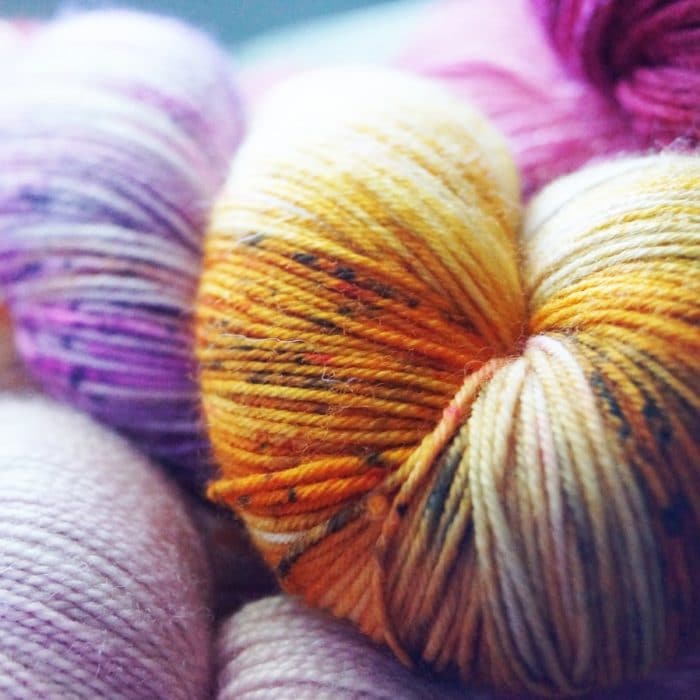
Recommended Yarn
Most patterns will make a suggestion on the type of yarn to use (generally the one pictured in the pattern). It will tell you the weight and the approximate amount used.
Do You Have to Use the Yarn Recommended on the Pattern?
You don’t necessarily have to use the yarn recommended on the pattern, but there are few things you need to consider when using an alternate yarn:
Try to find a yarn with a similar weight and fiber. If you are unsure, check forums on sites like Ravelry for recommendations.
Yarn Weight Conversion Charts
Unfortunately, as with needles, there is more than one way to determine a yarn’s weight. If you aren’t sure if your yarn is the right weight to use on a pattern, use this chart as a guide. Again, even after checking the chart, you should always knit a sample swatch.
| AUS | UK | US | Additional Terms |
|---|---|---|---|
| 1 ply | 1 ply | Lace (0) | Cobweb, Single, Thread, Zephyr |
| 2 ply | 2 ply | Lace (0) | |
| 3 ply | 3 ply | Super Fine (1) | Baby, Light Fingering, Sock |
| 4 ply | 4 ply | Super Fine (1) | Baby, Fingering, Sock |
| 5 Ply | N/A | Fine (2) | Baby, Sport |
| 8 ply | 8 ply or DK (Double-Knit) | Light (3) | Light Worsted |
| 10/12 ply | Aran, Worsted, Triple Knit | Medium (4) | Afghan, Fisherman, Worsted |
| 12/14 ply | Chunky, Double-Double Knit | Bulky (5) | Craft, Rug |
| 14/16 ply | Super Chunky | Super Bulky (6) | Roving |
| 16+ ply | Jumbo (7) | Roving |
Can You Use Two Different Yarns At the Same Time?
Yes! As long as your gauge is correct. For example, if you are in the US and a light yarn (3), you could join two super fine yarns together to get a similar weight. You will need to check the gauge as super fine yarn could either be 3-ply or 4-ply yarn.
Note: Use the Australian weight chart to help you combine different yarns. As Australians go by ply and not random names or numbers, it is much easier to find the correct weight with a little math.
Knitting Gauge
The gauge on the pattern will tell you to knit a swatch (generally at least 4×4 inches or 10×10 cm). If no specific stitch is specified, it is safe to assume they want you to knit in stockinette stitch (knitted one side, purled the other).
The gauge is what will help you ensure that when you knit the final product, it will be the correct size. Don’t “skip it” to save time or yarn. Many knitters have had to rip out projects or have abandoned them altogether due to sizing issues in the future.
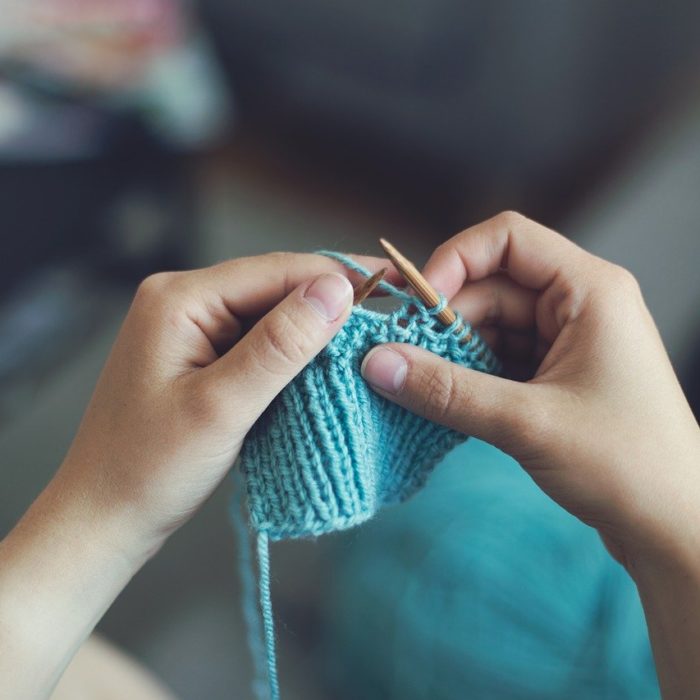
Cast-On and Binding Off
If the pattern doesn’t specify a specific cast on or bind off, feel free to use your favorite. If it does specify a certain style, try to follow it. It could be due to the pattern’s aesthetic appeal or overall elasticity.
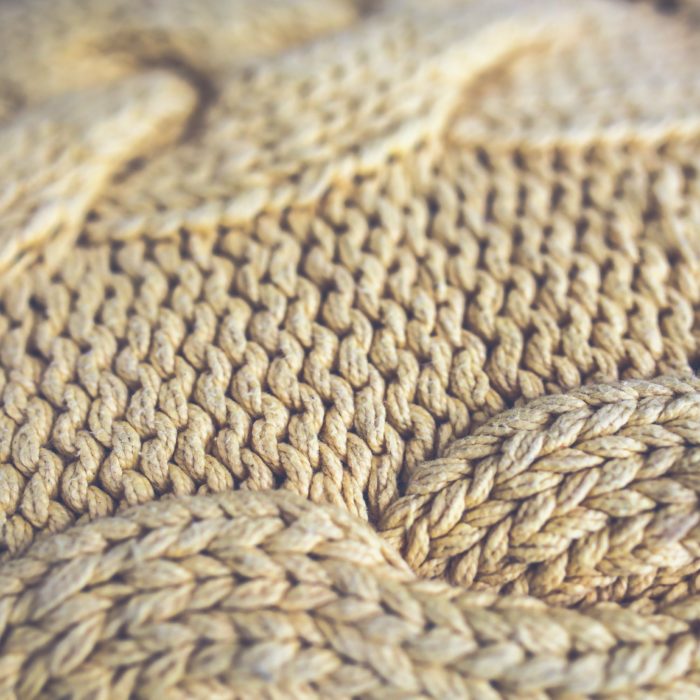
Common Knitting Abbreviations
Most patterns will come with a list of what the used abbreviations mean (though not always). Depending on the book/pattern the variations of the abbreviations may vary, but this is a list of common abbreviations:
| Term | Definition |
|---|---|
| alt | alternately |
| BC | back cross |
| beg | begin or beginning |
| BO | bind off |
| CC | contrasting color |
| CO | cast on |
| cont | continue |
| DB | decrease with bead |
| DD | a double decrease |
| dec | decrease |
| EOR | every other row |
| FC | front cross |
| foll | following |
| g st | garter stitch |
| inc | increase |
| incl | including |
| K | knit |
| K1b | knit into the row below |
| k1f&b | knit into front and back of same stitch |
| k1tbl | knit 1 stitch through back loop |
| k2tog | knit 2 stitches together |
| k-b | knit into the row below |
| kfb | knit into the front and back of the same stitch |
| kwise | knitwise |
| LC | left cross |
| lt | left twist |
| M1 | make 1 stitch |
| MB | make bobble |
| MC | main color |
| P | purl |
| p1b | purl into the row below |
| patt | pattern |
| p-b | purl into the row below |
| pfb | purl into the front and back of the same stitch |
| pm | place marker |
| pnso | pass over the next stitch |
| psso | pass over the slip stitch |
| PU | pick up |
| P2tog | purl two stitches together |
| pwise | purlwise |
| RC | right cross |
| rem | remaining |
| rep | repeat |
| rev stst | reverse stockinette stitch |
| RS | right side |
| rt | right stitch |
| sl | slip |
| ssk | slip 2 stitches 1 at a time as though you were knitting, then insert your left needle into the front of both stitches and knit them together |
| St st | Stockinette stitch: knit one row, purl one row (etc) |
| tbl | through back loop |
| tog | together |
| WS | wrong side |
| wyib | with yarn in back |
| wyif | with yarn in front |
| YO | yarn over |
What is the Difference Between Parenthesis and Brackets in Knitting Pattern?
Brackets are often used when explaining a portion of a row that will be needed to be repeated a specific amount of times. Look at the following instructions:
K1, [P3, K2] 3 times, P2
In the above example, you would knit one, then purl 3, knit 2 a total of three times before purling 2 to finish the row.
Parentheses are often used in the same way, but they can also be used in sizing differences. Most garment knitting patterns will allow you to knit to the size you want, but you may need to add extra stitches per row. In those cases, parenthesis will be used. Look at the following:
K1, P2, K32 (36, 40, 44), P2, K1
In the above example, you would knit one, purl 2, then knit the number you need to get your chosen size (generally specified in the sizing section of the pattern.
How Do You Read Knitting Charts?
There is typically a guide with the chart that will provide instructions on what the symbols on the chart state. For a fuller explanation, read this guide from Studio Knit.

